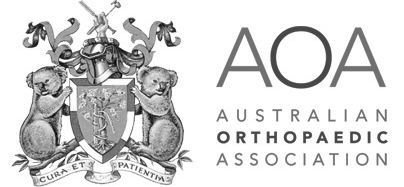Types of Leg Pain
Leg pain can be classified into various types based on its characteristics and underlying causes. Some common types of leg pain include:
- Musculoskeletal Pain: This type of pain originates from the muscles, bones, joints, tendons, or ligaments in the leg. Muscle strains, fractures, osteoarthritis, or tendonitis can cause it.
- Neurological Pain: Leg pain originating from the nerves can include conditions like sciatica, peripheral neuropathy, or nerve impingement. It often presents as shooting, burning, or tingling pain.
- Vascular Pain: Pain in the leg caused by circulatory issues, such as peripheral artery disease (PAD) or deep vein thrombosis (DVT), falls into this category. It is often associated with cramping, heaviness, or aching.
- Inflammatory Pain: Conditions like arthritis (rheumatoid arthritis, osteoarthritis), gout, or bursitis can cause inflammation and subsequent leg pain. These conditions often result in joint pain or swelling.
- Referred Pain: Pain that originates from a different area but is felt in the leg is referred to as pain. For example, lower back problems or hip issues can radiate pain down the leg.
The common types of leg pain caused by a spinal cause are:
- Radiculopathy
- "Sciatica"
- Disc Protrusion
- Stenosis
- Referred pain (SIJ/Lumbar spine/Hip)
Radiculopathy
Radiculopathy is a condition in which one or more spinal nerve roots are compressed or irritated, leading to pain, numbness, tingling, or weakness that radiates along the path of the affected nerve. When radiculopathy affects the nerves in the lower back (lumbar region), it can cause leg pain.
Diagnosis of Radiculopathy
Consult a qualified spinal surgeon for an accurate diagnosis and appropriate treatment plan for leg pain caused by radiculopathy. They can evaluate your symptoms, conduct a physical examination, and order any necessary diagnostic tests to determine the underlying cause and develop an individualised treatment approach.
Treatment of Radiculopathy
Treatment for leg pain caused by radiculopathy focuses on relieving the compression or irritation on the affected nerve. Conservative treatments may include rest, physical therapy, stretching exercises, pain medication, and hot or cold therapy. In some cases, epidural/nerve root steroid injections may be recommended to reduce inflammation and relieve pain. Surgery may be considered if conservative treatments fail to provide relief or if there is severe nerve compression or progressive neurological symptoms.
Sciatica
Sciatica is a type of radiculopathy that occurs when the sciatic nerve, the largest nerve in the body, becomes compressed or irritated. The sciatic nerve originates from the lower back and runs through the buttocks and down the back of each leg. When the sciatic nerve is affected, it can cause pain that radiates from the lower back through the buttocks and down the leg. The pain can be sharp, shooting, or burning in nature and may be accompanied by numbness, tingling, or muscle weakness.
Symptoms of Sciatica
The hallmark symptom of sciatica is pain that radiates from the lower back through the buttocks and down the back of the affected leg. The pain may vary in intensity and can be sharp, shooting, or burning. It often affects only one side of the body. In addition to leg pain, sciatica can be accompanied by other symptoms such as numbness, tingling (pins and needles sensation), or muscle weakness in the leg or foot.
Causes of Sciatica
Sciatica is commonly caused by a herniated disc, which occurs when the soft inner material of a spinal disc protrudes through its outer ring and compresses the adjacent nerve roots, including the sciatic nerve. Other potential causes of sciatica include spinal stenosis (narrowing of the spinal canal), degenerative disc disease, spondylolisthesis (slippage of one vertebra over another), or, rarely, a tumour pressing on the nerve.
Treatment of Sciatica
Treatment for sciatica focuses on relieving the compression or irritation of the sciatic nerve and managing the associated symptoms. Conservative treatments may include rest, pain medication (such as nonsteroidal anti-inflammatory drugs), physical therapy, specific exercises to improve flexibility and strength, and hot or cold therapy. Occasionally, epidural/nerve root steroid injections may be administered to reduce inflammation and provide temporary relief. Surgery, such as a discectomy, may be considered if conservative measures fail or if there is severe nerve compression causing persistent symptoms or neurological deficits.
Disc Protrusion
Leg pain caused by a disc protrusion is typically associated with radiculopathy. A disc protrusion occurs when a spinal disc's soft, gel-like centre pushes against its outer ring, causing it to bulge or protrude. This can lead to compression or irritation of the adjacent nerve roots, resulting in leg pain.
Diagnosis of Disc Protrusion
Consult a qualified spinal surgeon for an accurate diagnosis and appropriate treatment plan for leg pain caused by a disc protrusion. They will evaluate your symptoms, perform a physical examination, and may order imaging tests such as an MRI or CT scan to assess the extent of the disc protrusion and determine the most suitable course of treatment.
Treatment for Disc Protrusion
Treatment for leg pain caused by a disc protrusion aims to alleviate the compression or irritation on the affected nerve root. Conservative treatments may be initially recommended, including rest, pain medication, physical therapy, and specific exercises to improve mobility and strengthen the surrounding muscles. In some cases, epidural/nerve root steroid injections may reduce inflammation and relieve pain. If conservative measures fail to provide relief or if there is significant nerve compression or worsening symptoms, surgery such as a discectomy or microdiscectomy may be considered to remove or repair the affected disc.
Stenosis
Leg pain caused by stenosis refers to spinal stenosis, the narrowing of the spinal canal or the spaces within the spine. When the spinal canal or nerve root openings become constricted, it can lead to compression or irritation of the spinal cord or the nerve roots that extend into the legs.
Symptoms of Stenosis
Leg pain associated with spinal stenosis often presents as a dull, aching sensation that may radiate down the back of the leg or into the buttocks. The pain may worsen with walking or prolonged standing and may be relieved by sitting or leaning forward. Other symptoms may include numbness, tingling, or weakness/heaviness in the legs or feet. In severe cases, bowel or bladder dysfunction may occur, but it is less common.
Causes of Stenosis
Spinal stenosis can be caused by various factors, including age-related changes in the spine, such as the thickening of ligaments and the formation of bone spurs, which can narrow the spinal canal. Other causes may include herniated discs, degenerative disc disease, osteoarthritis, or spinal injuries.
Treatment of Stenosis
Treatment for leg pain caused by spinal stenosis aims to alleviate the compression or irritation of the nerves and manage symptoms. Conservative treatments are often recommended initially, including rest, pain medication (such as nonsteroidal anti-inflammatory drugs), physical therapy, and specific exercises to improve flexibility and strengthen the supporting muscles. Assistive devices like a cane or walker may be used for stability. Occasionally, epidural steroid injections can reduce inflammation and provide temporary relief. If conservative measures are ineffective, surgical options like a laminectomy or spinal fusion may be considered to create more space for the nerves and stabilise the spine.
Referred pain (SIJ/Lumbar spine/Hip)
Leg pain caused by referred pain can occur when pain originating from one body area is felt in another. In the case of the lower back and hip, referred pain can be experienced in the legs. Here are some potential sources of referred leg pain:
- Sacroiliac Joint Dysfunction (SIJ): The sacroiliac joints connect the sacrum (triangular bone at the base of the spine) to the pelvis. Dysfunction or inflammation in the SIJ can cause pain that radiates into the buttocks and down the back of the leg. This pain may mimic sciatica, even though the issue is in the SIJ rather than the sciatic nerve.
- Lumbar Spine Conditions: Problems in the lumbar spine, such as herniated discs, degenerative disc disease, spinal stenosis, or facet joint dysfunction, can lead to referred leg pain. Nerve compression or irritation in the lower back can cause pain that travels down the leg, resembling sciatica or radiculopathy.
- Hip Joint Disorders: Hip joint conditions, such as osteoarthritis, labral tears, or hip impingement, can cause pain that radiates down the thigh, mimicking leg pain. The pain may be felt in the front, side, or back of the thigh and may be worsened by hip movements or weight-bearing activities.
- Myofascial Pain Syndrome: Trigger points or muscle knots in the lower back, buttocks, or hips can refer pain to the leg. This pain may feel deep, achy, or throbbing and can be accompanied by muscle tightness or spasms.
Diagnosis of Referred Leg Pain
Determining the exact cause of referred leg pain requires a comprehensive evaluation by a qualified orthopaedic spinal surgeon. They will assess your medical history, conduct a physical examination, and may order diagnostic tests such as imaging (e.g., X-rays, MRI) or diagnostic injections to help identify the source of the pain.
Treatment of Referred Leg Pain
Once the underlying cause is determined, treatment options may include physical therapy, pain medication, joint injections, specific exercises, stretching, or, in some cases, surgery. The treatment plan will depend on the specific diagnosis and individual circumstances.









